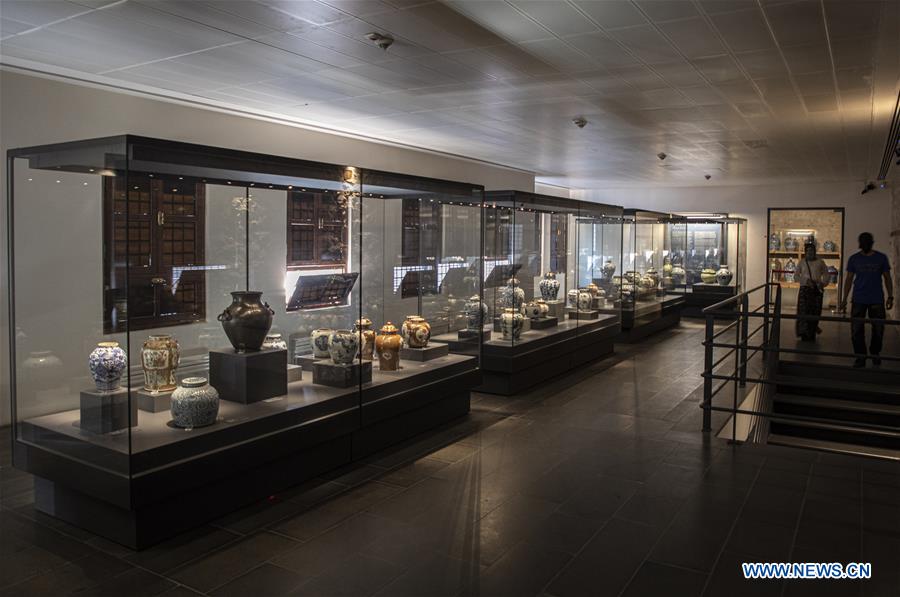Chinese porcelains used in Ottoman palace on display in Istanbul


Tufan remarked that some of these pieces were presented as gifts from high-level state men or foreign diplomatic missions, and a significant part of the collection was transferred from China to the palaces through the ancient Silk Road.
"Until the early 1700s, China was the only porcelain producer in the world, and the pieces it produced were very precious known as White Gold," he continued.
"Ottoman Empire, on the other hand, did not know how to make it as they were not familiar with the technology. Therefore, the Sultans were very keen on these products, attributing great importance to using them as a symbol of nobility," Tufan noted.
According to Tufan, one of the most preferred types of Chinese porcelains in the palace kitchens was celadons because they were believed to change color or get cracked when poison was added.
"For this reason, the Sultans usually were eating their meals in the plates made of celadon," he said.
























